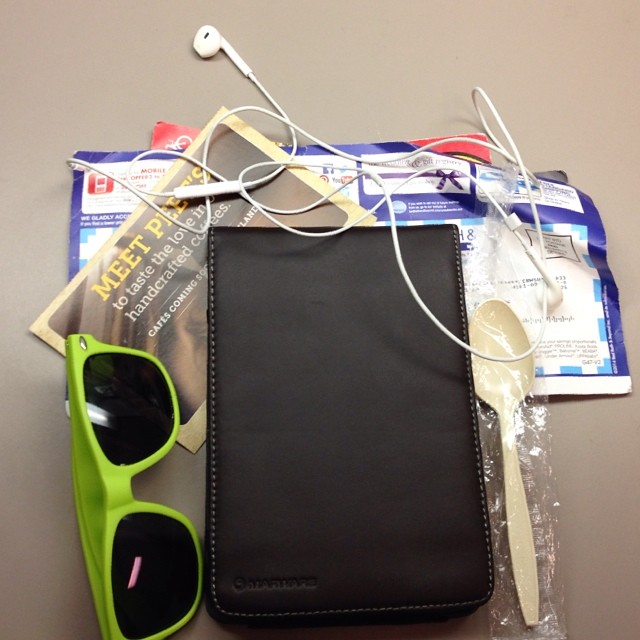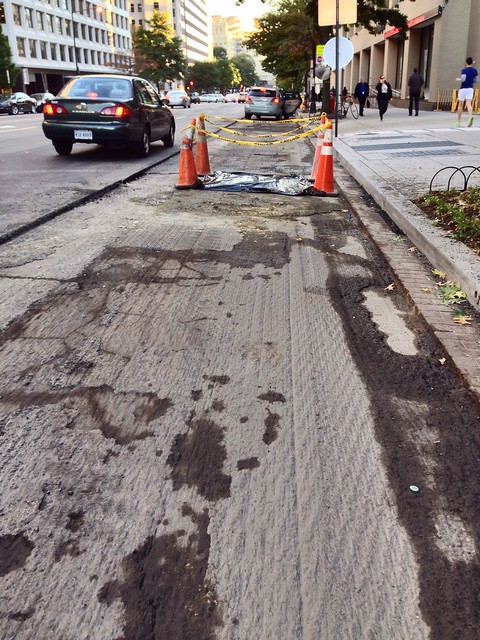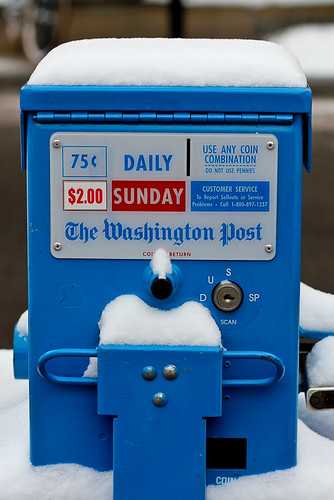
Americans have too much stuff. And whether it’s an SUV, a bike or on foot, we like to carry all of our crap with us.
A measure of status used to be that a man wasn’t encumbered by a knapsack. That was for the working class. A gentleman carried nothing more than a billfold.
Contemporary America has reversed this – now it’s the poor who carry nothing while our elites strap all manner of bags and belts to their person to haul their electronic devices and luxury goods.
No one really needs an iPhone, iPad, Kindle and digital camera with them all the time – they are devices whose purposes overlap. Yet, many people carry all this – and much more – in messenger bags, a utilitarian tool that’s been transformed into an emblem of the creative class. Thou shall know the web designers by their Timbuk2 bags…
The digital age was supposed to free of us from physical objects. After all, everything is in the cloud – photos, videos, books, travel plans, schedules, mail. Yet, this development has lead to a profusion of devices that Americans feel compelled to schlep with them at all times.
Case in point: the San Francisco cyclist carrying around a veritable apothecary on wheels. In addition to the requisite i-devices of her generation, she has medical supplies, a beauty kit, foodstuffs, bike tools and portable radio gear. She’s better outfitted than Amazonian explorers of the last century. All of this stuff she loads onto a Dahon, a folding bike. I have a Dahon. Loading it with twenty pounds of gear defeats the purpose of this small, practical bike.
The SF cyclist is not the only pannier-stuffing bike hoarder out there. Lifehacker profiles people like her in Featured Bag, a celebration of conspicuous consumption as measured by the amount of crap you can haul on your back. There’s even a Flickr group where aficionados proudly display the objects that they carry. They share them with us for they are signifiers, indicating the schlepper’s class, profession and beliefs. A person carrying three-pounds of salad and a copy of The Alchemist is going to be considerably different than someone with an Android tablet and stun gun. Know the bag, know the person.
We’re defined by what we carry. Whether it’s an iPad or a particular brand of lip balm, every object we carry has meaning – exactly like hoarders. But hoarders at least get to leave the hoard. We put it in a backpack and take it with is.
Death is the only separation from our stuff. Does it have to be?
Vikings were buried with their household goods. Ancient Egyptians were entombed with the items that they’d need in the afterlife.
Americans should adopt this practice. Death should not part you from your beloved Altoid Smalls or Aveda sun screen. You should not have to say goodbye to your Ortlieb panniers. “Bury me with my Tumi!” should be the cry.
Objects so precious that we strap them to our back deserve to follow us into death and beyond. We are the things we carry.






